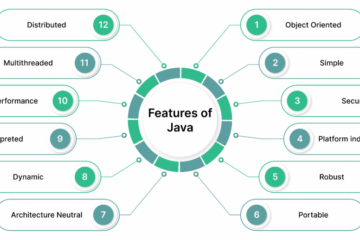
Nexus devices are, unsurprisingly, the most secure Androids, says security outfit Duo.
The devices are regarded as Google’s flagship Android device on account of its operating system running the stock Android open source project (AOSP).
Android phones from other manufacturers nearly always add custom modifications and are slow to update AOSP updates, when mobe-makers bother to do so.
Duo Labs security intern Olabode Anise (@justsayo) says in analysis that Nexus users are the most secure on account of the rapid provision and application of updates.
“Google’s publicity around the stronger security model of Nexus phones, combined with the fast update rollout, has clearly resulted in safer users,” Anise says.
“Tech-savvy users might frequently upgrade mobile phones, and so they benefit from the stronger security that gets baked into each newer model, but that’s not the norm.
“Users often keep their mobile phones for multiple years, so making the right security choice when buying sets you up to be protected against new threats for years to come.”
The claims are based on research last month which revealed 30 percent of Android devices are exposed to two dozen critical vulnerabilities.
The most stark statistics show a large number of Nexus users running the latest patches compared to a paltry few doing so on rivals’ phones.
Huawei devices are the next-best, followed by kit from Motorola, LGE, and Asus. Samsung users trail in fifth spot for the application of security updates.
“Despite Samsung making up 62 percent of the Android devices in our dataset that could receive monthly Android updates, only 15 percent of eligible phones had applied the latest security patch,” Anise says.
Two thirds of Nexus users are patched against the often headline-generating Android flaws, compared to a slack 18 per cent of eight others popular brands in the sample.
The wide differences extend to the number of devices running the latest Android operating system version 6.0 Marshmallow.
Some 87 percent of Nexus users are operating Marshmallow, compared to only 31 percent of those on other models, Duo Labs finds.
Users of third party phones have taken to rooting and loading close-to AOSP ROMs in a bid to receive regular security and feature updates. Cyanogen, Nameless are two of the most popular supported custom ROMs.
[Source:- The Register]




